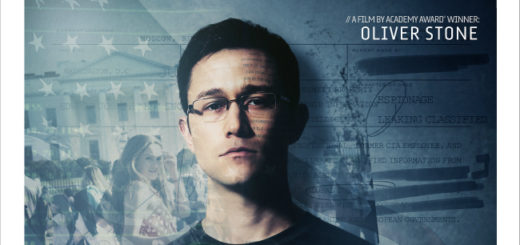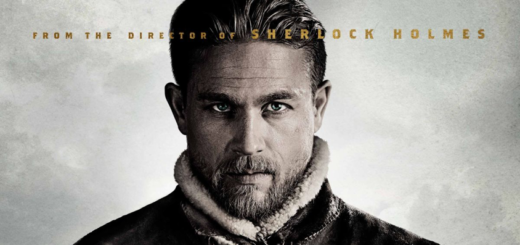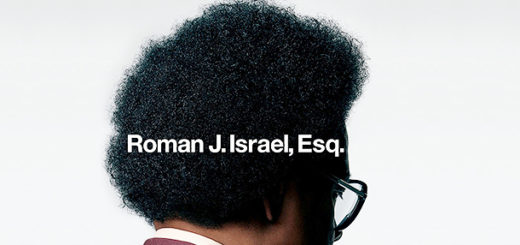THE NEON DEMON Review
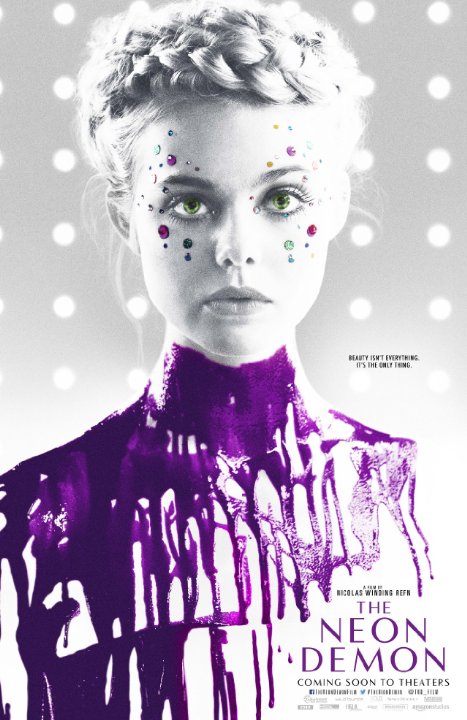
Director: Nicolas Winding Refn
Genre: Thriller
Year: 2016
In 2012, Nicolas Winding Refn released a gorgeous 30-second Gucci advertisement starring Blake Lively. Four years down the road, he has somewhat deconstructed that very film to no longer glamorize, but demonize the horrific, all-consuming power of narcissism in the fashion industry. In doing so, the Danish filmmaker has reflected on his body of work and finally figured out in what milieu his tonal qualities function the best. It might take years until such an abstract, polarizing work is aptly appreciated, but to me it’s inconceivably clear: THE NEON DEMON is his 2001: A SPACE ODYSSEY.
It goes without saying that Nicolas Winding Refn is among cinema’s hottest auteurs for the millennial crowd. After the explosive success of his 2011 nu-disco romp, DRIVE, Refn formed a bizarre fan base outside of his arthouse following. Perhaps the bright neons and the exquisite soundtrack by Cliff Martinez drew the viewers in droves, an undeniable side effect of the 80s synth-pop revitalization that Refn so conveniently found himself smack-bang in the middle of. But with that came a cost, a certain disregard for the authenticity of his art.
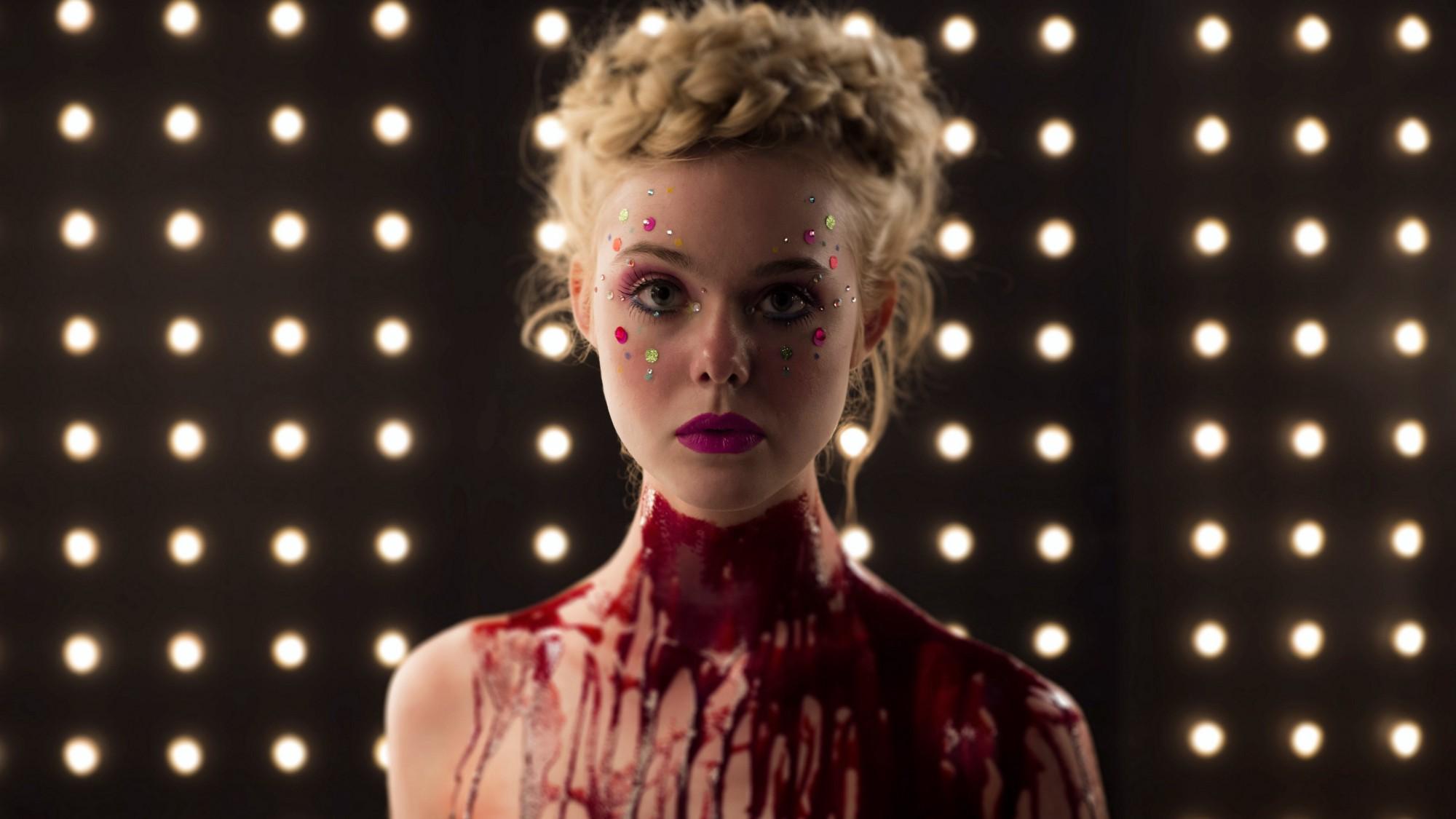
*Insert douchey analysis about the death of true art here*
Refn is a filmmaker versed in aesthetic. With Jodorowsky as his scholar and companion, and boasting such a unique, colorful palette partly due to Refn’s own color blindness, his style consistently finds its bearings in the worlds he decides to explore. ONLY GOD FORGIVES boasted its bright colors to hearken back to the proverbial Bangkok fish tanks, whereas the sporadic color shifts from pallid greys to bloody reds in BRONSON or VALHALLA RISING were physical manifestations of Tom Hardy’s and Mads Mikkelsen’s mental states. Refn’s tone has always been a representation of the underbelly he chose to explore, and this is what has made him so compelling to his fan base at Cannes.
Ironically, his most popular film worked counterintuitively to this filmmaking approach. DRIVE remains the only film in the director’s catalogue where his aesthetic is anchored in a world he has simply invented: one of comic book flash, a cross-blend of HOTLINE MIAMI and a graphic novel. DRIVE never suffered from its gorgeous aesthetic, but its style and substance functioned as two independent entities. Because DRIVE made the biggest splash in the public spotlight, its tonality was appreciated as cool rather than bold. Consequently, Refn’s visual storytelling arguably launched an entire subset of heavily stylized, nu-disco pop culture; from video games to music.
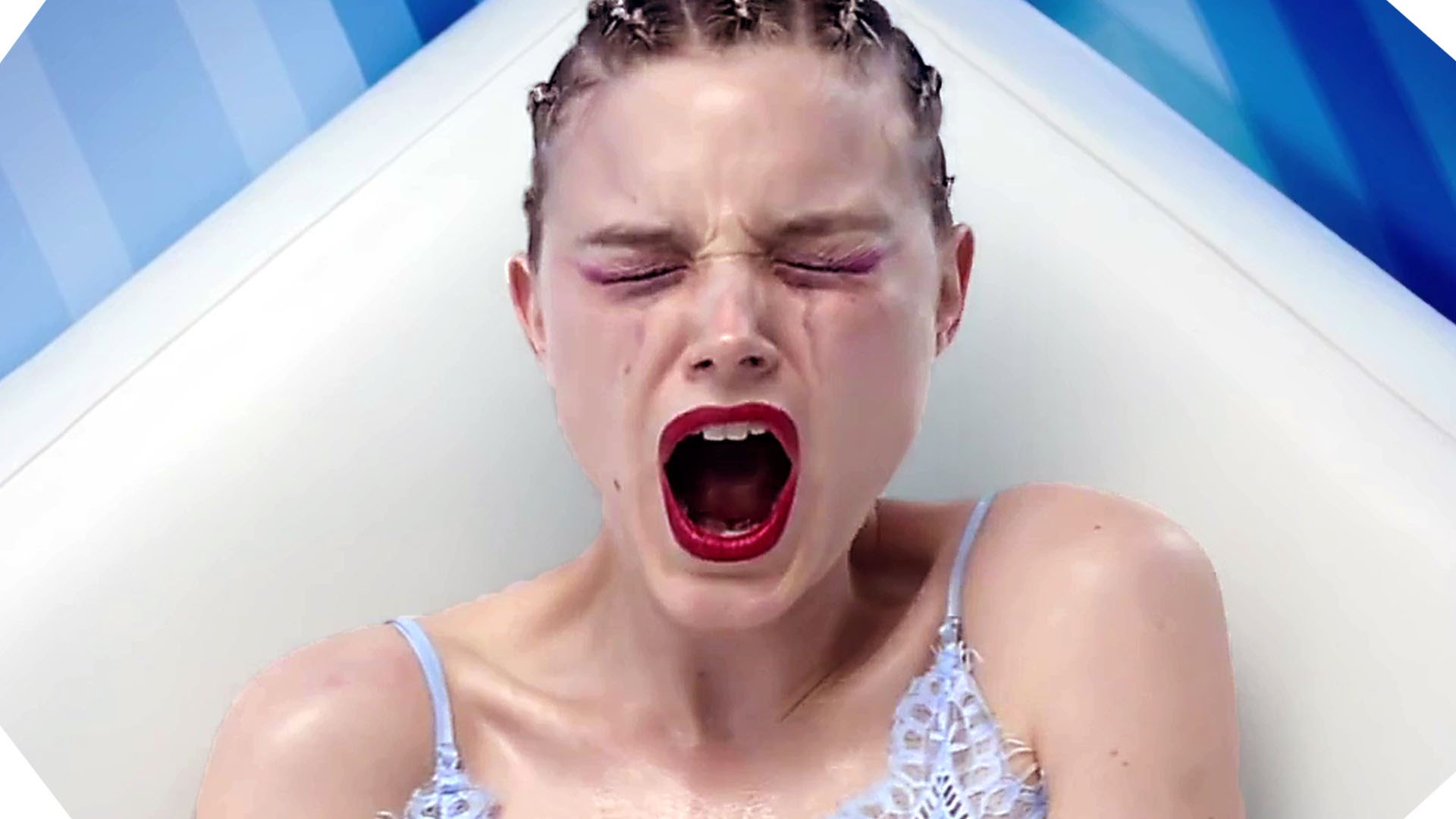
Pictured: Refn fangirl retches while pretending to like KUNG FURY
After the critical misfire that was ONLY GOD FORGIVES, Refn sought to change his image as a style-over-substance filmmaker. Here we have a director who has proven his capacity to explore two polar opposites of emotion and inhumanity in his brief, but dense catalogue. Through each of these ventures, Refn has refined his voice, slowly understanding that his filmmaking is at its finest when his style informs on the state of his narrative. And THE NEON DEMON succeeds with flying colors, no pun intended.
Playing right into the expectations of Refn naysayers, THE NEON DEMON does not have strong dialogue writing, but instead of letting this destroy him, Refn embraces his weakness, salvaging what would otherwise be sequences that are woefully devoid of subtext. Refn decides to take cues from David Lynch, confidently miming the uncanny valley. Hence, the film’s outwardly eccentric appearance molds together with its absurdist dialogue. Individuals are tactlessly forthcoming, and every single actor down to the shady motel owner is drop dead gorgeous. No longer is this a portrait of the real Los Angeles; Refn has framed a psychoanalysis of a culture consumed by beauty and artifice.
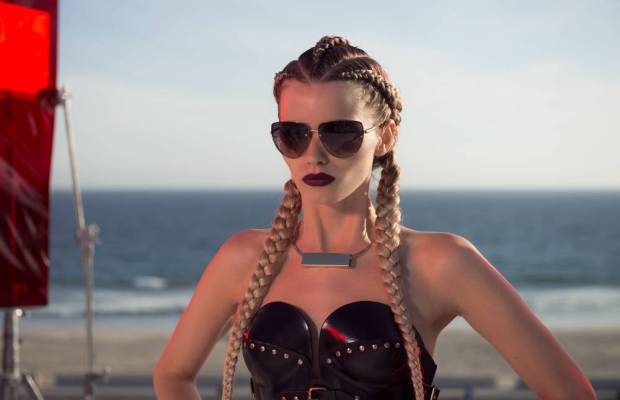
One machine gun boob from a Robert Rodriguez film
In narrative, THE NEON DEMON channels Lynch again. Taking the foundation of MULHOLLAND DRIVE, but replacing Hollywood with the faux-glamor of the fashion industry, Refn penetrates the spirit of his heroine. Where both films focus on a loss of innocence in the city of angels, THE NEON DEMON is far more nihilistic in its approach, forming ambiguities around lead actress Elle Fanning’s willingness to be consumed by the narcissism of the industry. Brilliantly counteracting the trope of a traditional horror film, her confidence increases as the stakes continue to be stacked against her. In doing so, THE NEON DEMON brilliantly deconstructs a genre convention and channels the entirety of its complex, sexual examination of the female form in a visual menagerie reminiscent of Kubrick.
Refn is almost competitively ultraviolent with himself, but in THE NEON DEMON he pulls back on the senseless brutality of ONLY GOD FORGIVES and frames his shock around themes of envy. As such, THE NEON DEMON carries a severe punch and allows for wide breaths of gorgeous visual storytelling. Without uttering so much as a word, we understand Fanning’s transition from innocent beauty to fashion goddess. Refn seamlessly articulates the bewilderment of her competitors and savagely depicts the fallout of Fanning’s hubris.
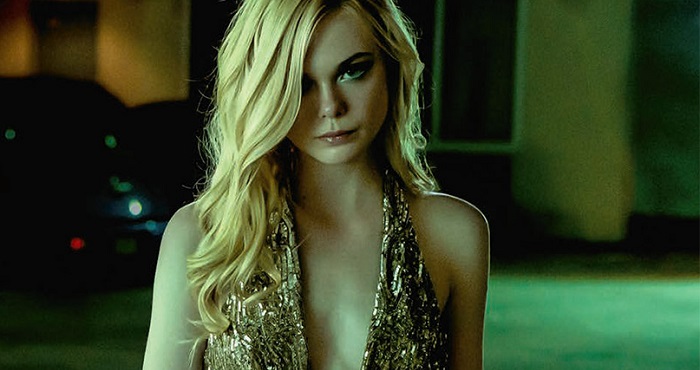
You look good in green… and red… and blue… and purple… and teal… and maroon…
The fact that such an operatic, borderline Shakespearean tragedy is told without any essential dialogue is a feat in and of itself, but thanks to Refn’s pristine eye, THE NEON DEMON feels like a careful amalgamation of styles that has finally allowed him to find a story that merits his aesthetic. Here we have a film that borrows the narrative elements from Lynch, the poetic juxtaposition of Kubrick, the feminine examinations of Argento, and the abject qualities of Cronenberg, seamlessly polished into a colorful tale about the cannibalistic nature of the fashion industry.
This stylish imagery is bolstered by yet another phenomenal Cliff Martinez score, this time brilliantly channeling the tonal qualities of a Vangelis album. A crescendoing synth-orchestra introduces THE NEON DEMON over one of the most glamorous opening credits in years, consistently modulating itself in order to showcase Fanning’s rise to superstardom. Unfortunately, Refn makes one disappointing misstep: By closing his film with a pasty pop-track that will seem painfully dated in a matter of years, he missed the opportunity to conclude THE NEON DEMON with an orchestral score that would aptly represent the timelessness of female beauty similar to Kubrick’s use of The Blue Danube Waltz to represent the expansive evolution of mankind.
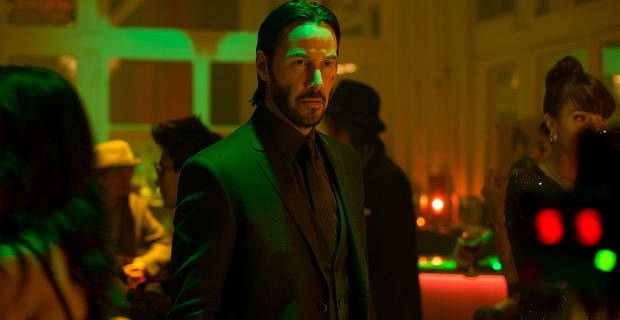
Gah, wrong neon Keanu Reeves film
By carefully balancing out its visually breathtaking sequences with more traditional dialogue scenes, Refn provides much needed breathing room between each of the film’s elegant fashion scenes. These dialogue sequences often reach their highpoint with Fanning’s interactions at her grimy Pasadena motel. The fact that Keanu Reeves is one of this film’s highlights is yet another testament to Refn’s unique skill of letting quiet actors control their space. But perhaps the two finest moments in the film involve Fanning being cornered and interrogated in a nightclub restroom, and a segment in which she gains the attention of a self-indulgent fashion designer.
There is an incredible amount of respect one must have for a filmmaker who successfully draws in crowds of millennial moviegoers to see relatively abstract cinema. By working with such a diverse team of female filmmakers (both in the writing room and behind the camera), Refn never finds himself ineptly trying to channel the emotional destabilization that a 16-year-old girl must go through when thrown into such a sexually exploitative, and ultimately recyclable, career. Refn has managed to influence young viewers despite never making content that directly panders to them. And while his previous efforts never really felt like complete home runs, THE NEON DEMON has arguably granted Refn his most assured footing as a visionary. The great Dane is back, and this time he’s here to stay.
Verdict: Recommend

